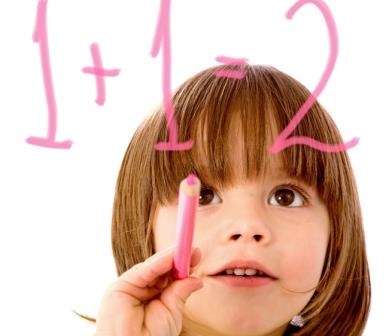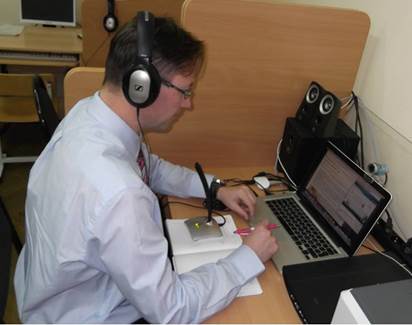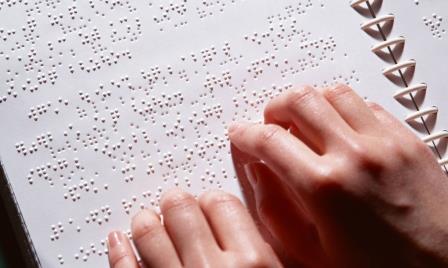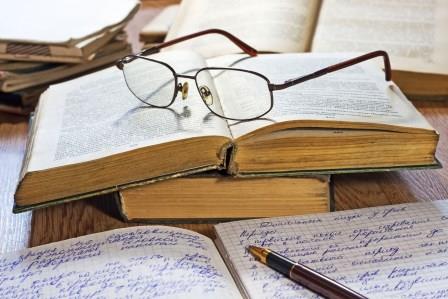References
1. Dal' V. I. Poslovitsy russkogo naroda. [Elektronnyy resurs]. URL: http://www.rodon.org/dvi/prn0.htm (data obrashcheniya 7.12.2017).
2. Zinchenko G. P. Predposylki stanovleniya teorii nepreryvnogo obrazovaniya // Sovetskaya pedagogika. 1991. № 1. S. 18–24.
3. Kuptsov O. V. Nepreryvnoe obrazovanie: podkhody i resheniya // Teoriya i praktika fizicheskoy kul'tury. 1987. № 9. S. 37–42.
4. Onushkin V. G., Kulyutkin Yu. N. Nepreryvnoe obrazovanie – prioritetnoe napravlenie nauki // Sovetskaya pedagogika. 1989. № 2. S. 12–18.
5. Tolkovyy slovar' Merriam-Vebster onlayn. [Elektronnyy resurs]. URL: https://www.merriam-webster.com/dictionary (data obrashcheniya 03.12.2017).
6. Elektronnyy lingvisticheskiy slovar'. [Elektronnyy resurs]. URL: http://lingvisticheskiy-slovar.ru/ (data obrashcheniya 12.01.2018).
7. Yagodin G. A. Perestroyka vysshey shkoly i nepreryvnoe obrazovanie // Politicheskoe samoobrazovanie. 1986. № 7. S. 37–41.
8. http://slovardalja.net/ Kembridzhskiy tolkovyy slovar' onlayn. [Elektronnyy resurs]. URL: https://dictionary.cambridge.org/ru (data obrashcheniya 10.11.2017).












